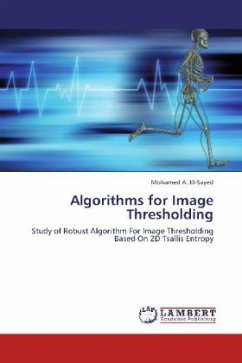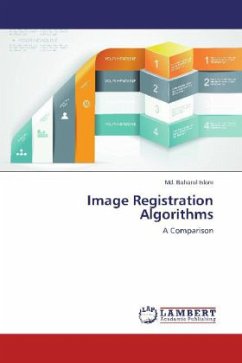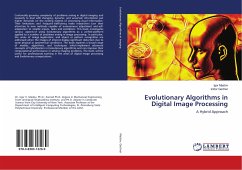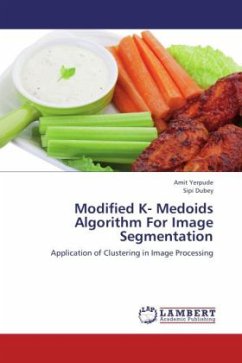Researches on data structures are always combined with algorithms. The format of data determines the ways of obtaining and processing the data. In image processing area, there are three image data structures, raster, vector, and quadtree. Each has their own advantages and disadvantages, and is suitable for different requirements of operations and processes. A sophisticated image processing system or geographic information system should meet different needs by using different features of different structures so that the system can improve the efficiency of time and space when storing, processing, retrieving, and outputting image data. This needs converting algorithms between the data structures. Previous researches have been narrowed in theories of traditional data structures or algorithms. The research involved in this book covers the most commonly used image data structures, especially the 2-Dimensional Run Encoding Quadtrees which are the latest development of quadtree structure, and converting algorithms between the 2DRE quadtrees and other structures and describes the applications of the structures and algorithms in GIS.
Bitte wählen Sie Ihr Anliegen aus.
Rechnungen
Retourenschein anfordern
Bestellstatus
Storno








